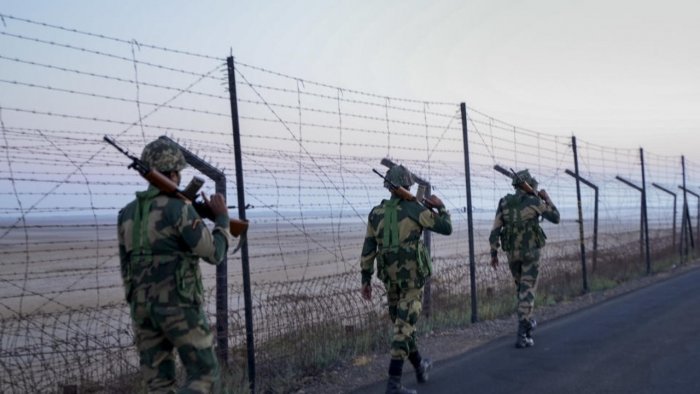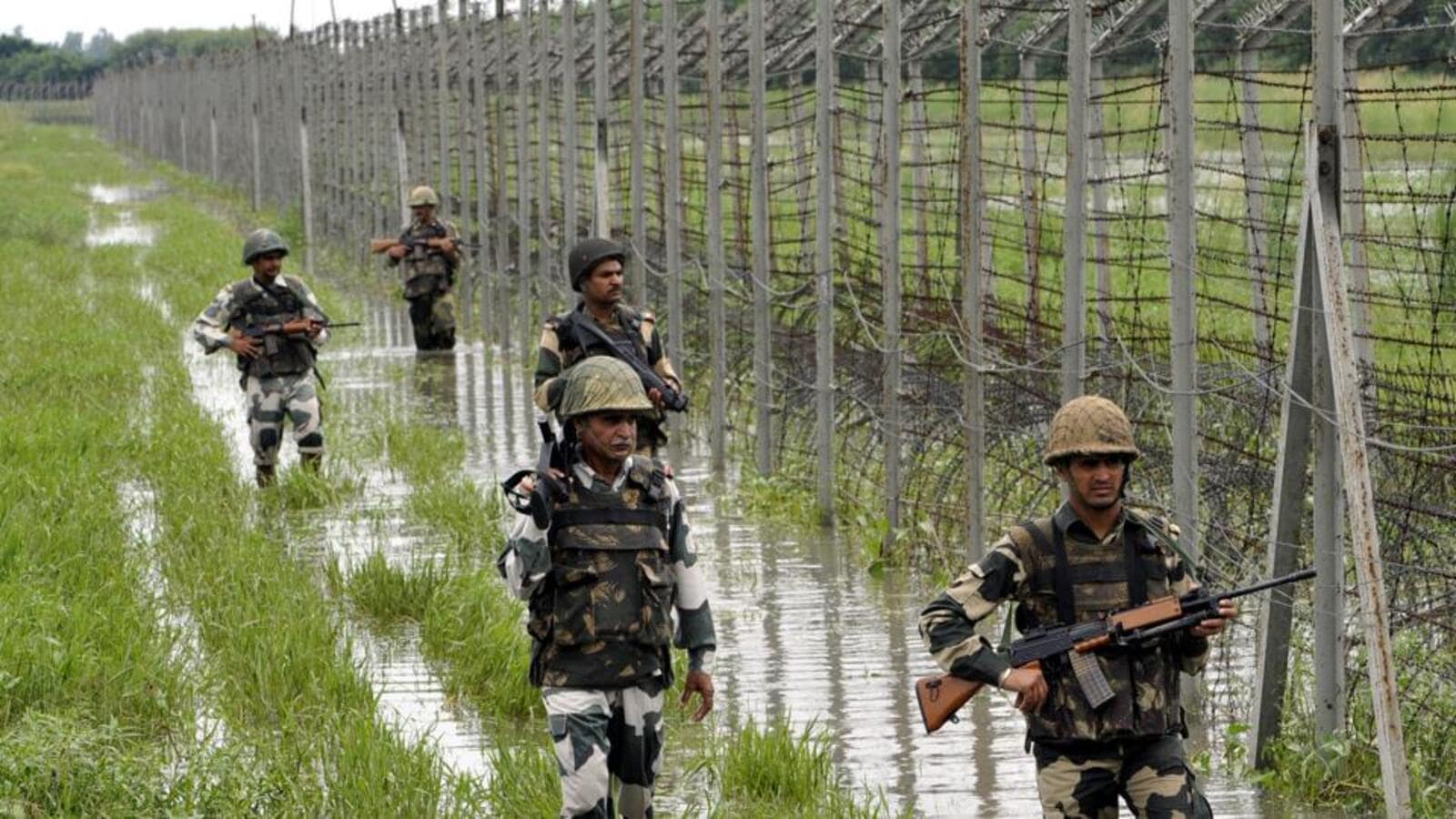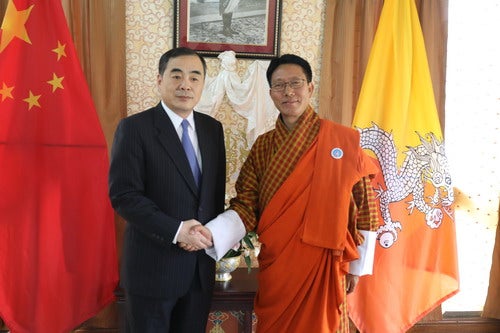India’s Borders To Be Under Drone Surveillance, Ramps Up Border Vigilance After Hamas Attack On Israel
India is setting up a surveillance system with drones across its borders to wade off surprise attacks like the one from Hamas in Israel. India has been caught out by surprise attacks in the past; in 2008, attackers from Pakistan, armed with assault weapons and grenades, infiltrated Mumbai by sea and laid siege to critical landmarks in the city for three days, killing 166 people. In the aftermath of continuing geopolitical escalations, it has become critical for India to ensure its borders are safe.

India’s defence authorities recently discussed surveillance and reconnaissance drones with six domestic vendors, aiming to establish a comprehensive border surveillance system.
An official announcement regarding this initiative is anticipated next month, although the sources requesting anonymity cautioned that the information is not yet public; the military is striving to have this system operational along certain border areas by May.
This heightened focus on border surveillance aligns with ongoing tensions with neighboring China and Pakistan, particularly in the Himalayan region.
Also, the recent Hamas attack in Israel has prompted India to expedite the implementation of some recommended security measures.

India has experienced surprise attacks in the past, like the 2008 infiltration in Mumbai by attackers from Pakistan, resulting in a three-day siege and the tragic loss of 166 lives.
Likewise, India has also raised concerns about drones being used to transport illicit goods and weaponry across its western border.
The full deployment of this border surveillance system may take up to 18 months and could incur an annual cost of approximately $500 million.
This initiative will employ High-Altitude Pseudo Satellites, solar-powered drones capable of extended operations without landing; these 24/7 high-altitude, long-endurance drones will serve as a supplementary component to the conventional radar network along the borders, transmitting real-time imagery to local command centers.
It is being said that both the drones and their supporting software will be developed locally.
This effort signifies India’s commitment to bolstering domestic production within its military, a crucial aspect of its 10-year, $250 billion military modernization endeavour.

Once fully implemented, this surveillance system will provide continuous monitoring of India’s extensive 14,000 miles of land borders and coastline.
Previously, New Delhi had temporarily procured two drones from the United States during border tensions with Beijing in the summer of 2020 for surveillance and reconnaissance purposes.
India shares contentious borders with nations, and has seen border skirmishes in the past,
Pakistan: India and Pakistan have been involved in multiple conflicts and skirmishes since 1947, with the Kashmir region dispute originating from India’s partition in 1947.
China: India and China confront an unresolved border dispute, with conflicting claims over regions such as Arunachal Pradesh and Aksai Chin.
In addition to its neighbouring countries, India shares land borders with Nepal, Bhutan, Bangladesh, and Myanmar. At the same time, its maritime boundaries are linked to Pakistan, Maldives, Sri Lanka, Indonesia, Thailand, Myanmar, and Bangladesh.

Bhutan China Meet Raises India’s Concerns
As for the recent developments in Bhutan-China relations and India’s concerns, the visit of Bhutan’s Foreign Minister Tandi Dorji to China this week came as a surprise for India.
Bhutan and China lack formal diplomatic relations, and this visit marked the first by a Bhutanese Foreign Minister.
The primary objective was to resume boundary talks that had been dormant for over seven years.
The discussions showed substantive progress, as evidenced by a joint statement and a cooperation agreement outlining the operations of a new joint technical team for boundary delimitation and demarcation.
During discussions with Dr. Dorji, Chinese Foreign Minister Wang Yi called for both countries to establish diplomatic relations and conclude their boundary negotiations.

India, due to its special relationship with Bhutan, has been cautious about the prospects of diplomatic relations and boundary agreements between Bhutan and China.
However, these developments are increasingly likely, as Bhutan’s Prime Minister recently indicated that the two countries were nearing the completion of a three-step roadmap for boundary delineation and demarcation.
Given Bhutan’s historical dependence on India, it is highly probable that New Delhi has been involved in Bhutan’s efforts to normalize relations with China, thus ensuring the safeguarding of India’s security interests and red lines.
These red lines may involve preventing China’s presence in areas that overlook India’s “Siliguri corridor” and engaging in discussions about territorial exchanges in other regions while Bhutan deals with Chinese pressure.
The key challenge facing New Delhi is how to best protect its interests in this evolving situation.
One crucial lesson from the 2017 India-China Doklam standoff is that India’s interests are better served by collaborating with Bhutan and aligning strategies rather than expecting passive cooperation from a sovereign nation pursuing its own interests.
A border agreement addressing Bhutan’s concerns in the north while preserving India’s interests in the west need not necessarily damage New Delhi’s objectives; instead, India should approach boundary negotiations with a deep understanding of Bhutan’s perspective, confident that its long-standing neighbour will consider both Indian and Bhutanese interests in any final agreement.




